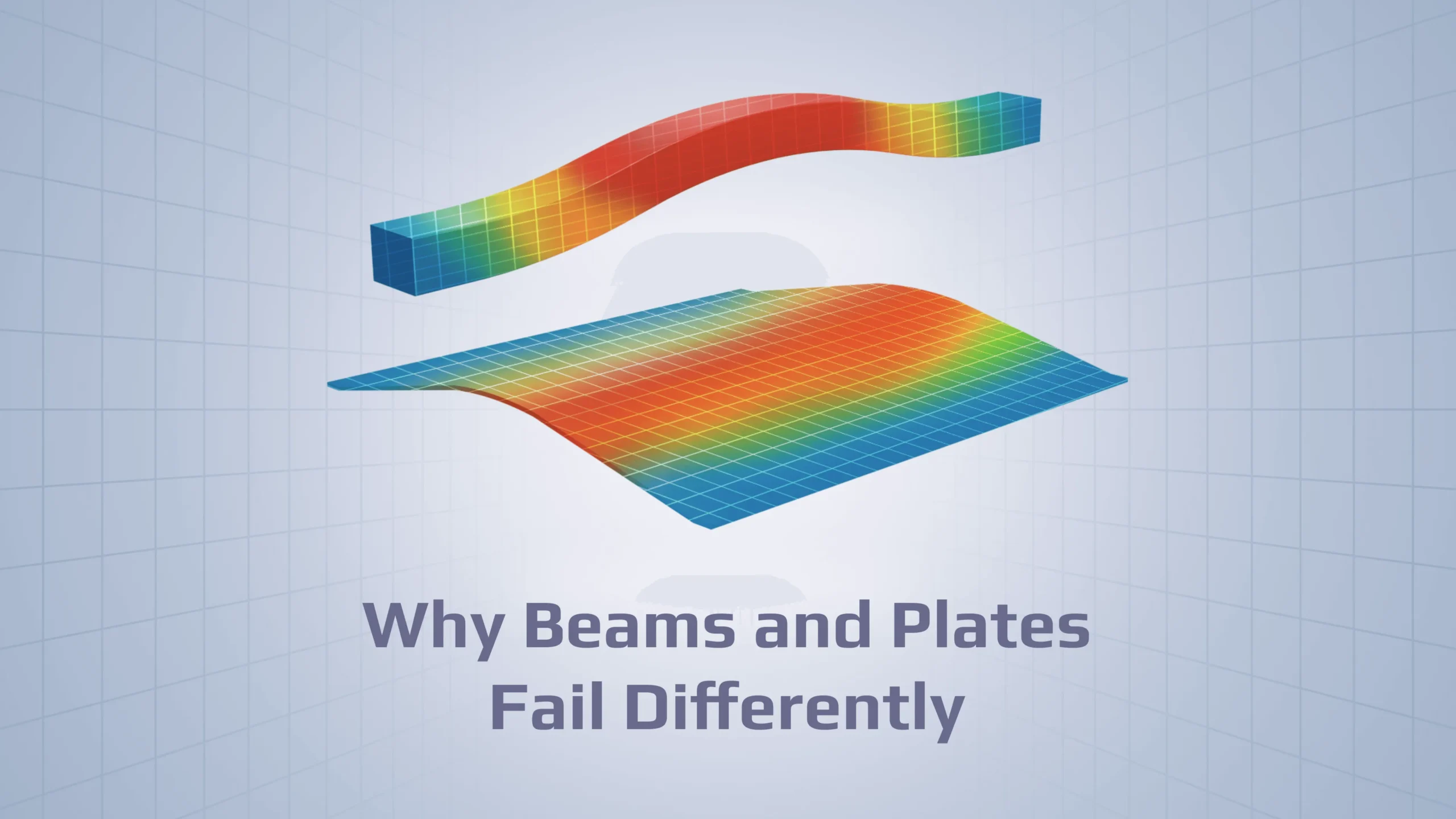Could AI change structural engineering in the nearest future?
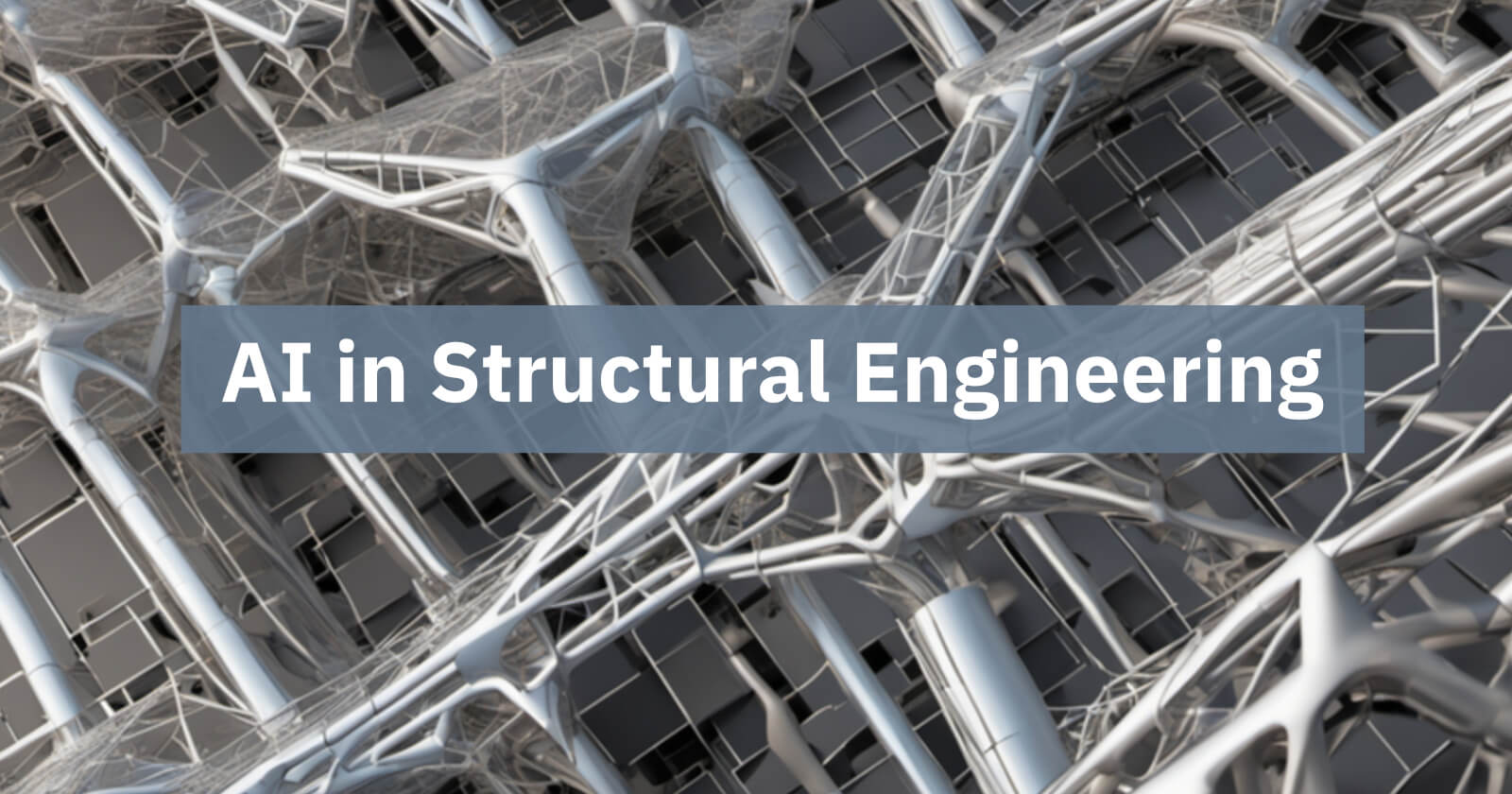
AI is revolutionizing various aspects of engineering, providing new tools and capabilities that enhance the design, analysis, and construction processes. AI algorithms can quickly generate and evaluate multiple design alternatives, and machine learning technology helps predict structural behavior and recommend appropriate modifications by training models on vast amounts of data, reducing the need for extensive physical testing. AI-powered generative design tools automatically generate multiple design alternatives, including some with unconventional and efficient geometries that push the boundaries of what traditional engineering approaches could consider. Robotics and autonomous vehicles automate design processes. Robots equipped with AI algorithms can reduce construction time and costs while improving quality and safety.
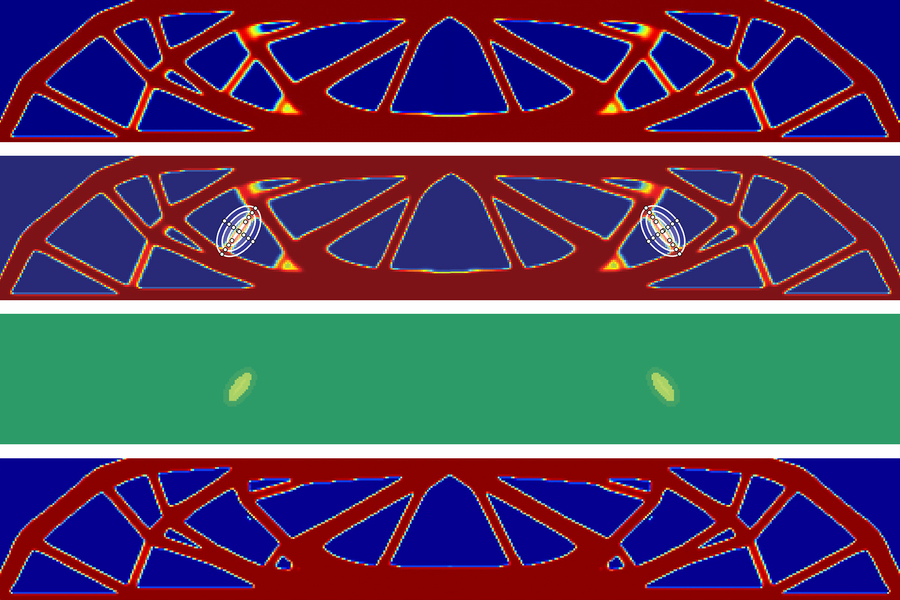
In addition, AI facilitates better collaboration among multidisciplinary teams by providing data-driven insights and simulations, visualizing complex structural systems, simulating different scenarios, and more effectively evaluating the impact of design decisions. This streamlines the decision-making process and leads to more informed and optimized designs. However, as mentioned in the MIT article Integrating humans with AI in structural design, there are situations where it is challenging to find a balance between fully optimizing the production of designs for a specific purpose (e.g., providing the greatest strength proportionally to weight or minimizing the amount of material needed to support a given load) on the one hand, and using fully manual design, which is time consuming and labor intensive, on the other.
Artificial Intelligence in Structural Engineering
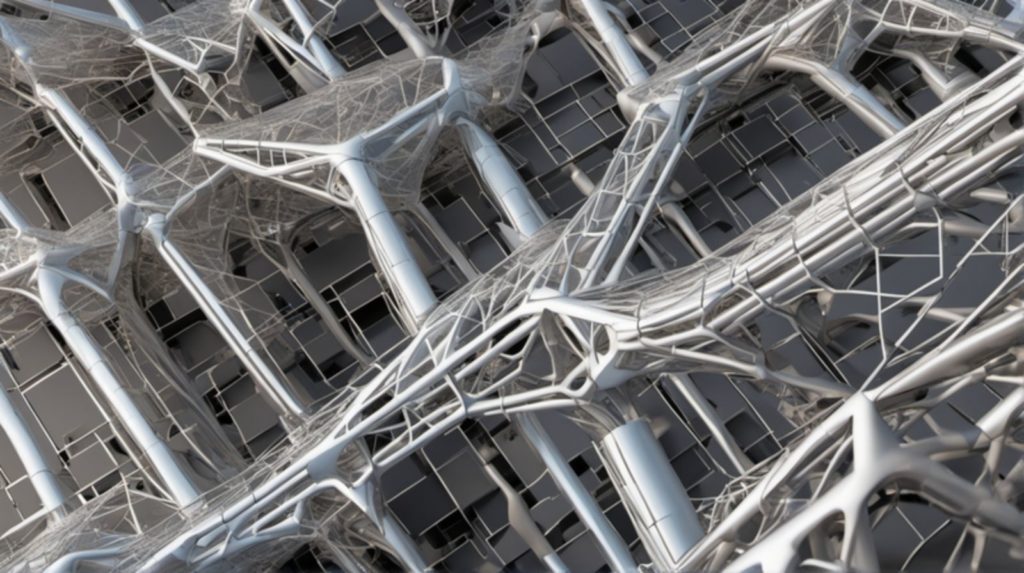
Machine learning (ML) algorithms can identify patterns and their relationships, predict the behavior and performance of structures under various conditions, analyze sensor data collected from structures to assess their health and detect anomalies, identify risk factors and predict the likelihood of failure for different types of structures, automate the inspection process for structures. By training models on large datasets of existing designs and their associated performance metrics, machine learning can generate new design options that meet specific requirements and constraints. The successful application of machine learning in structural engineering relies on high-quality data collection, data preprocessing, feature engineering, and appropriate model selection. Machine learning is widely used today to:
- Predict structural performance. Machine learning can be used to predict the performance of structures under different loading conditions. This can be helpful for assessing the safety of structures or for optimizing the design of new structures.
- Identify structural conditions. Machine learning can be used to identify the condition of structures, such as the presence of damage or the onset of fatigue. This can be helpful for monitoring the health of structures or for planning maintenance and repair work.
Its algorithms help to improve the exploration of design alternatives. ML models should be validated and tested against independent data sets to ensure their reliability and accuracy. In addition, the expertise of structural engineers remains critical to interpreting the results and making informed decisions based on ML outputs.
Pattern Recognition (PR) in structural engineering refers to the process of identifying and analyzing patterns in structural behavior, performance, or data to gain insight and make informed decisions. It involves the application of various techniques, including statistical analysis, machine learning algorithms, and data visualization, to recognize patterns that may exist within structural systems or their associated data. It also effectively uses neural network technology to recognize the pattern of a particular element in order to perform:
- Structural analysis. Analyze structural behavior of a given member, including its capacity and deformation under different loading conditions.
- Failure identification. The ability to identify the failure mode of a particular element, such as brittle fracture, fatigue, or creep.
- Structural characterization. Characterize the structural properties of a particular element, such as its stiffness, strength, and ductility.
It helps to find a defining set of features, where later the model classifies the data point either as part of the set or as an anomaly.
Deep Learning (DL) has found various applications in the field of structural engineering. It has the potential to improve the accuracy and efficiency of structural analysis, design, and monitoring, while its benefits to structural engineering are often similar to those of machine learning. Deep learning can be applied to seismic data to improve the understanding of earthquake behavior and its effects on structures, and to develop more accurate models for simulating and predicting seismic response, which can aid in the design of earthquake-resistant structures. Deep learning techniques can also be used to estimate material properties such as strength, stiffness, and durability based on non-destructive test data or sensor measurements. This can help assess the condition of existing structures or optimize material selection for new designs. It is important to note that while deep learning shows promise in these areas, it is still an active area of research. The availability of high quality data and the interpretability of deep learning models remain important challenges that need to be addressed for wider adoption in structural engineering. Deep learning in neural network model building is widely used in the following:
- Seismic response prediction. For instance, the amount of deformation and damage that the structures will experience during an earthquake can be predicted. (Overview of seismic codes for structural engineering)
- Damage localization. The location of damage in structures after an earthquake can be identified.
- Structural control. Systems that can control the seismic response of structures, such as vibration dampers and active control systems can be designed and implemented.
What Engineers think about AI
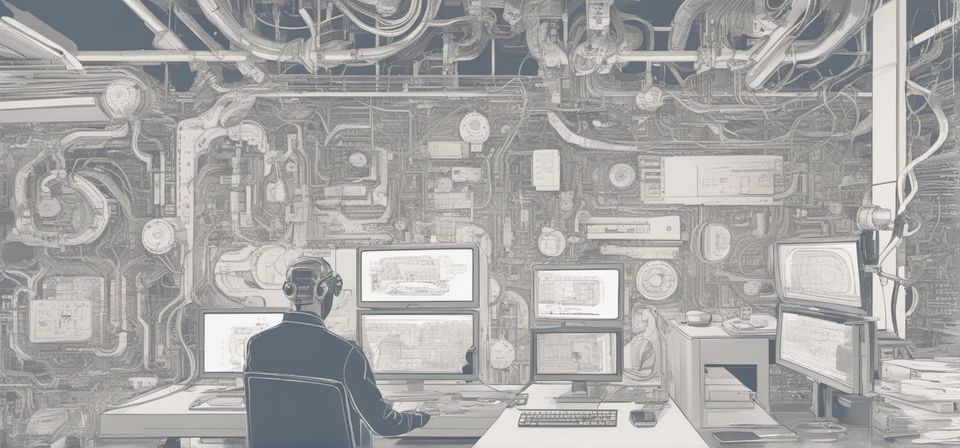
We asked the SDC Verifier engineering and development team for their views on challenges, solutions, and potential trends based on the current state of artificial intelligence involvement in structural engineering. Many interesting ideas, needs, and predictions were shared about the impact of machine learning and generative AI on the industry. From their perspective, AI in structural engineering can:
- Improve efficiency and productivity. The engineering process can be accelerated and automated, freeing engineers to focus on more creative and strategic tasks.
- Increase knowledge. The ability to improve performance by reducing the time spent searching for specialized information helps engineers stay on top of the latest standards and technologies.
- Reduce errors. The simplification of the procedure for finding the necessary standards during the calculation will help to reduce errors in engineering projects.
- Improve collaboration. The ability to help with repetitive tasks and modeling (AI mesh) will help engineers to collaborate more effectively and efficiently.
- Improve accuracy. The ability to perform calculations independently will help to ensure that engineering projects are completed accurately.
- Maximize materials’ efficacy and efficiency. The ability to maximize the materials’ efficacy and efficiency will help to reduce costs and improve the sustainability of engineering projects.
Moreover, AI can help automate many tedious and repeatable tasks more effectively and improve project duration estimation. Among the engineers we asked, the top things they would like to see AI do are
- Automate and simplify the process of simulation and model preparation. This includes tasks such as writing codes, improving meshing, and checking whether a project fulfills the requirements of a given standard.
- Improve the efficiency and accuracy of simulation and analysis. This can be achieved by automating repetitive tasks, using more efficient algorithms, and improving the accuracy of the simulation models.
- Increase the collaboration between engineers and scientists. This can be achieved by providing tools that allow engineers and scientists to share data and models, and to collaborate on the development of simulation projects.
- Verify compliance with standards. This includes the ability to check whether a project meets the requirements of a given industry standard.
- Perform design optimization. This includes the ability to iteratively improve the design of a project to meet specific requirements, such as cost, performance, safety, compliance to standards etc.
When discussing the aspects that AI cannot currently replace in structural engineering processes, engineers mention:
- Creative problem-solving. The ability to develop creative solutions to engineering problems, especially those that are complex or uncertain.
- Interpretation of drawings. The ability to read and interpret engineering drawings, including old or outdated drawings.
- Model checking. The ability to check the accuracy and completeness of engineering FEA models.
- Site surveying. Learn how to conduct and interpret site surveys. Inspect not only the structure, but also the people and conditions around it.
- Improvisation. When standards are unclear or unexpected challenges arise, the ability to improvise solutions to technical problems.
In addition, engineers say that responsibility is also a concern, and if the structure is designed incorrectly, lives are at risk. As for their overall attitude towards AI in structural engineering, it is rather positive. Engineers don’t believe it will ever put them out of work, while they strongly believe it has the ability to make their work much more efficient and rewarding. They hope that AI will be able to help discover some gaps in our current understanding of physics that could potentially revolutionize the current state of structural engineering as we know it.
Conclusion
AI algorithms are evolving rapidly, and many insights are on the verge of changing daily workflows and proving whether engineers’ predictions will come true. It’s important to note that while AI brings significant advances to structural engineering, it does not replace human expertise. Instead, it complements engineers’ skills by automating time-consuming tasks, providing data-driven insights, and expanding the possibilities for innovative and efficient structural solutions.
However, there are concerns not only about the sophistication of AI algorithms, but also about regulatory standards. For example, how to define a party responsible for the failure of AI-based solutions? According to the MIT study, the most preferable and effective approach is a collaboration in which experienced engineers use advanced AI capabilities in strict compliance with international regulations and industry rules.
At SDC Verifier, we are always exploring new technologies that can help change and improve the world around us. However, we also understand how important decisions are in our industry. They affect both the operation of expensive equipment and human lives. Therefore, although we are always at the forefront of technology, we rely on conservative estimates in our assessments.






